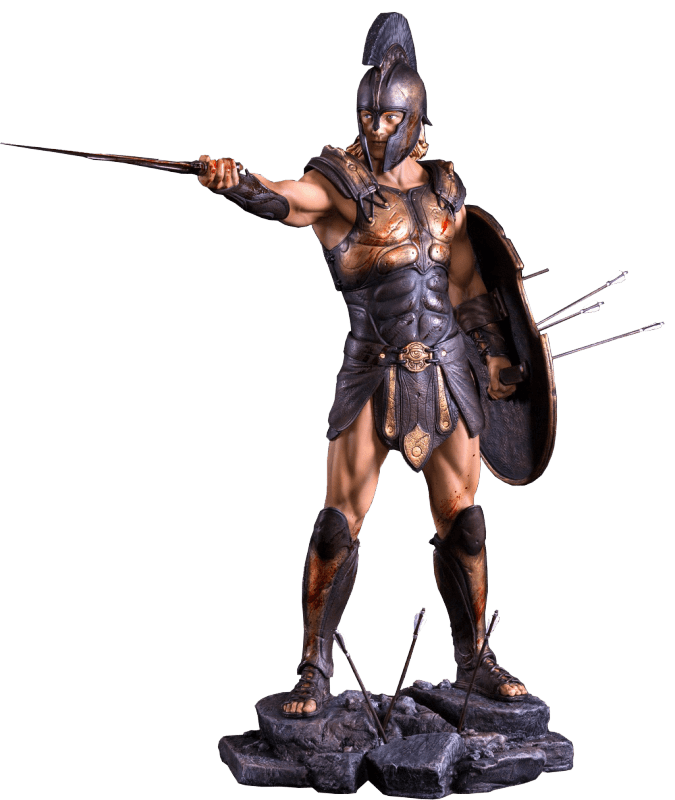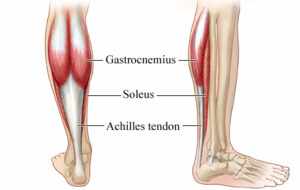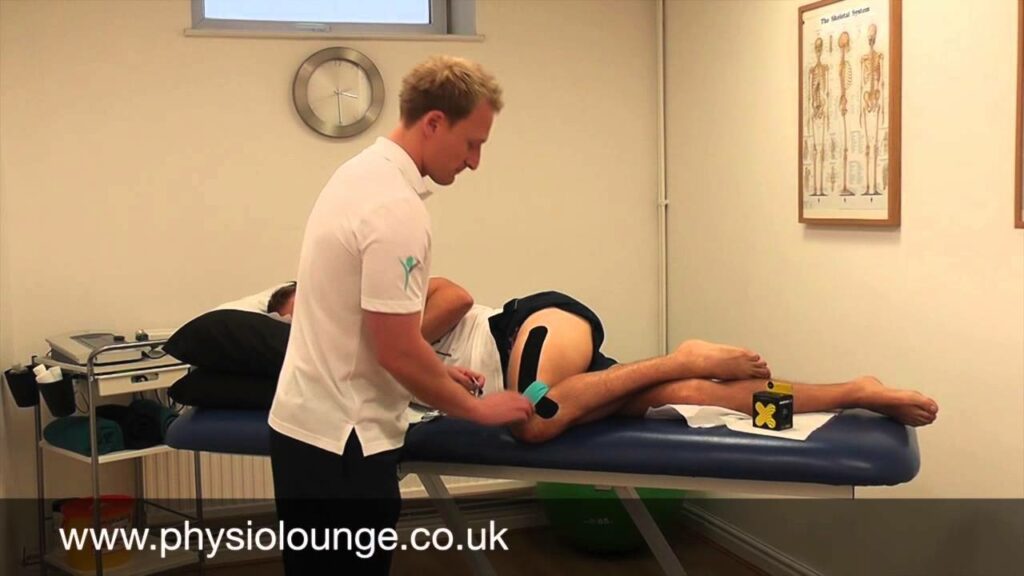When we talk about the achilles, we’re not talking about the Greek mythological hero who was so conspicuous in the Trojan wars. Today it’s all about the tendon at the back of the ankle that takes his name.

The achilles tendon is the strongest tendon in the body. Even so, it is not immune to damage. When it does break down physiotherapy is very helpful! Achilles tendonosis is a relatively common condition and affects a whole range of people. It is more prevalent in those people who take regular exercise and engage in sporting activity. The role of a tendon is to attach muscle on to bone, and the achilles tendon is the thick piece of tissue at the back of your ankle that attaches the calf muscles to the heel.

What is achilles tendonosis?
‘Don’t you mean achilles tendonitis’ we hear you cry? Well for a good number of years, tendon pain has been referred to as ‘tendonitis’ inferring some level of inflammatory change in the tissue. This really is only language to use for acute (new) injuries. Anything older than three months would be considered tendonosis. The more up-to-date research shows us that chronic (older than three months) tendon pain is an issue with failed healing and repetitive trauma. More of a fault with mechanical stresses (loading), than an inflammatory response.
Causes
Generally it’s an overuse injury. Due to mechanical faults in the way people move and function, the achilles tendon becomes overloaded which causes micro trauma and tissue breakdown. For example, if there is weakness around the hip, the mechanics of the lower limb are not controlled well. Potentially this can result in overload of the achilles tendon causing damage and pain.
There are a number of factors that can contribute to the development of achilles tendonois and ususally there is a combination of the following:
- sudden increase in training
- poor foot posture
- poor muscle control around the hip and lower limb
- over activity in certain muscle groups
- change in the type of training
- change in the surface people train on
Symptoms
The following are common symptoms one might develop with achilles tendonosis:
- Stiffness and pain in the achilles tendon where it attaches to the heel or a few centimetres above
- Thickening of the tissue in the same area
- Weakness and pain when going on to tip toes, pushing off or running
- Stiffness and pain first thing in the morning or after long periods of rest
How can physiotherapy help with achilles tendonosis?
As with all musculoskeletal problems it is important to identify the root cause of the problem. Tendonosis doesn’t ‘just’ happen, there is always a trigger. Typically we would look at the following:
- Corrective exercise
- Motor control exercises for the hip and lower limb
- Mobility work for the lower limb
- Training programme modification and graded return to activity programmes
- Acupuncture – this can help to improve local blood flow, aiding tissue healing. It can also help to reduce tension in over active muscles
- Manual therapy – improve the mobility at the joint surfaces.
- Sports massage – is used to loosen soft tissue, improve local blood flow and release trigger points.
- Functional movement screening – a tool used to assess movement patterns and movement faults that may predispose a person to injury. From this a rehab programme is formulated.
Take home message…just because you have achilles pain, doesn’t mean the problem originates from there. Be aware of lower limb mechanics, training methods, training volume, and habitual activities.
So remember… you’re not a mythical Greek warrior, take it easy when you increase training type or volume, and always do your rehab!



